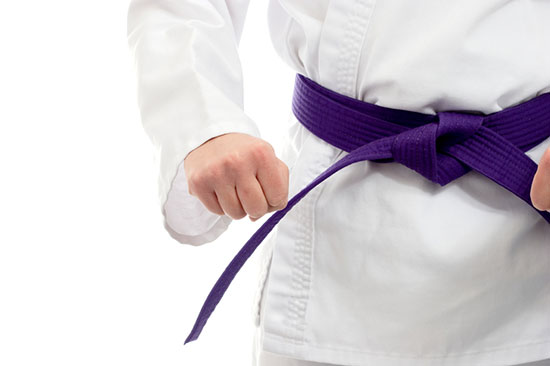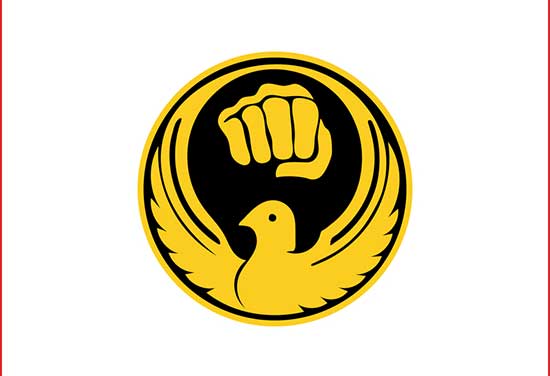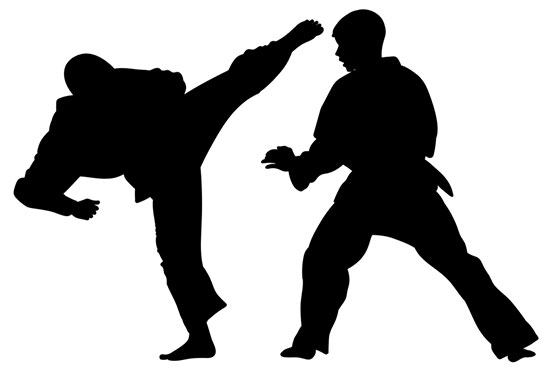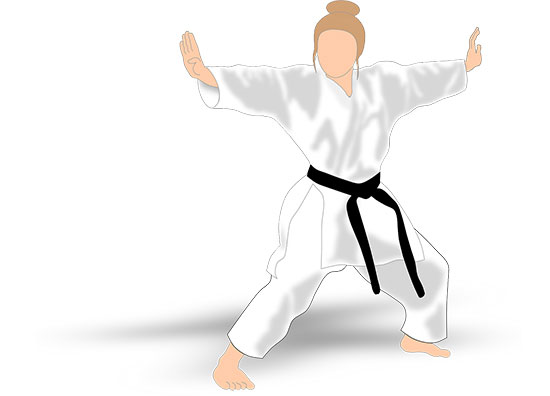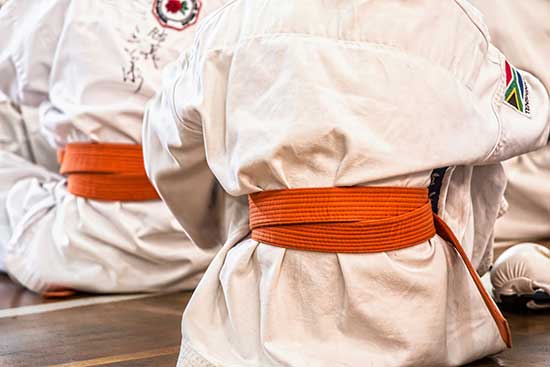Over time, the role of belts in martial arts has changed following the inception of new ways to designate progression.
Initially, there were only two belts used in martial arts, the white and the black belt. The white belt was commonly used to indicate a beginner and the naivety that comes with starting.
With a black belt, one was known to have withstood the test of time and honed their skills in all aspects of martial arts.
In karate, it is no different. However, with the introduction of the belt ranking system, more belt colors have emerged, with each belt color holding a significant meaning.
As such, most martial arts have incorporated the belt ranking system to denote the martial artist’s level of skill, competence, and expertise. Tag along for more details regarding the red and white belt in karate.
Contents
Red and white belt meaning
Karate as a martial art borrows heavily from its predecessor Judo, which was established in 1882 by the grand master, Jigoro Kano.
However, the colored belts in karate were established in 1924 when Gichin Fukanoshi adopted Jigoro’s belt grading system in karate.
As such, karate has two belt grading systems; Kyu and Dan. The Kyu entails all colored (white, yellow, orange, green, blue, purple, red, and brown) belts designed for karate trainees holding no rank. The Dan entails different black belt degrees.
Black belt holders are categorized in degrees, with the 1st Dan (degree) being the lowest and the highest dan holder being a 9th Dan.
In karate, the 1st to 5th dan ranks are highly competitive, and each rank has its requirements which include passing tests and demonstrating proficiency in techniques that are deemed necessary to achieve in t rank.
After the 5th dan belt, a 6th dan holder is recognized with a special red and white belt to denote their power and passion.
Red and white colors have a significant meaning in Japan, and they represent endurance.
The belt features alternating panels of red and white. White is known to be pure; therefore, it symbolizes purity in your training and spirit.
It denotes the learner’s eagerness to keep acquainting themselves with the art.
Red represents your desire to keep training and make sacrifices to perfect your art. The colors epitomize what you want to achieve in karate and your personal growth.
If your training goes wrong or you make a mistake during training, the goal is to learn from the mistake and bounce back even stronger.
How long does it take to get the belt?
If you start early, you can get your colored karate belt promotion when around 20 years. After, you can now be promoted to the black belt Dan ranks, whereby you have to showcase your technical and tactical karate expertise attained throughout your training period.
Ideally, according to Tokyo JKA HQ, you are to be 50 years and above to get your 6th Dan red and white belt.
For the 1st Dan, you wear it for at least a year before attaining the 2nd Dan. You are to wear your 2nd, 3rd, 4th, and 5th Dan for at least 2 years before advancing to the 6th Degree rank.
However, the span required to attain your belt will differ from the national federation and from school to school.
How to Obtain the Red and White Karate Belt
To attain the belt, you have to undergo a rigorous testing process during the Kyu stages, where you have to display a high understanding of karate fundamentals.
You must showcase the kata and forms taught coupled with the self-defense techniques attained. This will include executing quality throws, blocks, kicks, punches, and tackles.
You must also have a good background and understanding of the history of karate.
Attaining your 6th Dan red and white belt requires that you display confidence while sparring with other black belts martial artists and demonstrate even more complex sparring, breaking, and self-defense skills.
Higher black belt ranks from 7th Dan to 9th Dan are deemed honorary and credited on a merit basis after attaining a certain age.
A 9th Dan in karate gets a red belt, usually reserved for the finest in the art, and is always a level above the black belt.
It symbolizes exemplary knowledge of the skill, competence, and an unsullied reputation, gained through contribution to the art by teaching. It is a rare level to attain, and it represents karate in its highest form.
Conclusion
The red and white belt in karate is a coveted belt that requires a student’s devotion and enthusiasm to attain the rank.
It denotes endurance, sacrifice, and commitment to keep pushing no matter the circumstances. Moreover, it is a bridge to the ultimate honorary red belt in karate.
